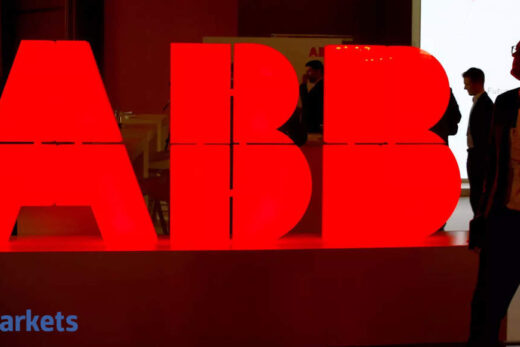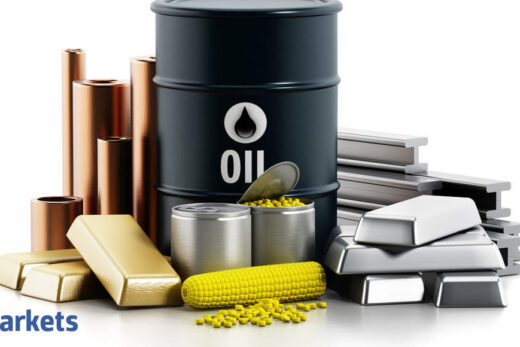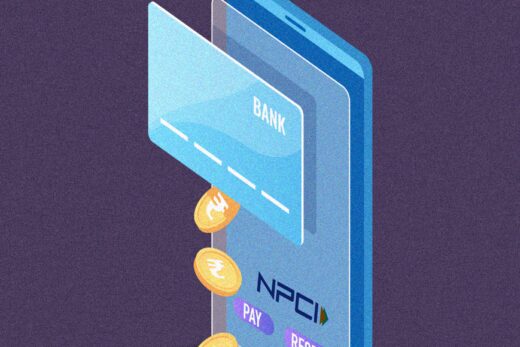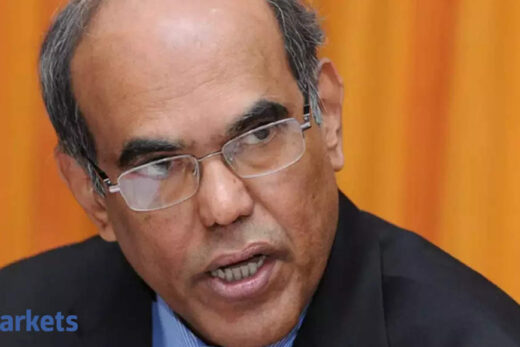However, this number must not be confused with a strong recovery because of a low base effect. The pandemic caused economic activity to take a hit, last year. Growth was forecast at 21.4 per cent for this quarter by the RBI.
The country’s real gross value added rose by 18.8 per cent in the first quarter. Construction grew by 68.3 per cent, thereby being a major contributor to the number. Agriculture grew by 4.5 per cent, and manufacturing also rose by 49.6 per cent. However the trade, hotels, transport and communication services grew at 34.3 per cent.
India’s GDP grew by 1.6 per cent in Q4 of FY21. A small pickup had been observed after the initial impact of the pandemic started receding. However, GDP shrank by 7.3 per cent in the fiscal year 2020-21.
In the corresponding quarter last year India’s GDP saw a sharp decline of 24.4 per cent YoY. This fall was due to the stringent nationwide lockdown that was imposed to contain the spread of the pandemic.
The economy has shown signs of recovery after the first-quarter blip due to the second wave’s impact. The recovery process is being aided by measures taken by the government and the RBI.
In the recent Monetary Policy Committee review, the RBI governor Shaktikanta Das reiterated the accommodative stance that the RBI has decided to take in order to promote GDP growth.
The RBI has forecast the GDP for this fiscal year to be 9.5 per cent. The predictions for the next two quarters are 7.3 per cent and 6.3 per cent respectively.
As the number of vaccinations pick up, and cases see a decline, economic activity is likely to pick up, and aggregate demand may also improve. India’s economy is slowly, yet steadily getting back on track.



